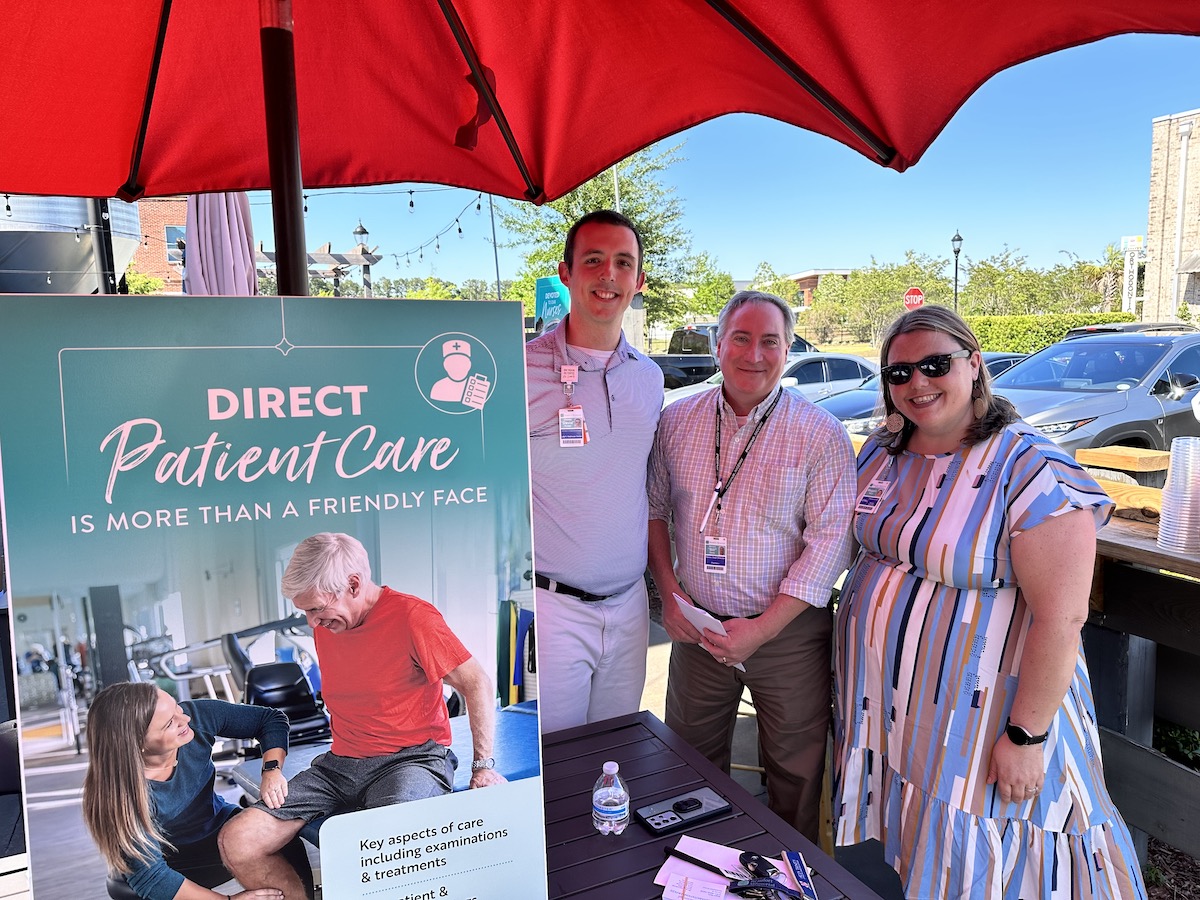By Jim Colman
If I only had a dollar for every time a new Lowcountry neighbor said, “We never had these problems back home,” well, I guess I’d be a wealthy landscaper!
Seems like every time we turn around, some new pest is attacking our warm-season grasses.
Suffice it say that you can’t have a lawn without having some insects. Insects are part of our environment, and many are beneficial. Some are highly damaging to warm-season grasses…and the key is to eliminate or control those troublesome insects.
Since the most common grass in the Lowcountry is Centipede, let’s start with the most common insect that attacks that grass: mole crickets. Mole crickets are insects that damage grass by feeding on the roots and above-ground parts of the plant…and by tunneling activity that disturbs the roots. These activities often result in death of the plant due to drying of the roots.
Mole crickets often present themselves as dry, spongy spots in the lawn. Young nymph mole crickets are generally present beginning in June. You can test for their presence by making a detergent flush (2 tablespoons of dishwashing detergent in 1 gallon of water). Pour the mixture over a 1’ x 2’ area where activity is suspected. The mole crickets will surface within a few minutes. It is best to perform the flush in early morning or late afternoon.
A general purpose insecticide labeled for mole crickets should be applied once you’ve determined they are present. Follow all label instructions. If your property has a history of mole cricket activity, you may want to consider applying a preventative application around the first of June each year.
Remember, left untreated, mole crickets can destroy your lawn. If you have problems, or are having problems controlling the problems, consider consulting a landscape professional before the turf is damaged beyond repair.
St. Augustine is probably the second most common grass in the Lowcountry. The pests that afflict it the most are chinch bugs. Chinch bugs are tiny black bugs, nearly impossible to see. Chinch bugs often enter St. Augustine lawns in the hottest spot of the yard. They then spread out from there. Left untreated they’ll eat the entire lawn by sucking sap from the grass blades. They are most often present in lawns with lush, over fertilized lawns with a thick thatch layer.
You can detect chinch bugs by monitoring your grass. When chinch bugs are present, the affected areas look similar to dried up straw or hay (as the chinch suck the life out of the blades and runners of the grass). As soon as you notice activity, apply an insecticide labeled for control of chinch bug. As always, read the label carefully and apply only as directed.
Do not let chinch bugs go untreated, or suffer the fate of many, many other new Southern gardeners and lose your lawn.
For more information, call Jim Colman at Lawn Solutions, 522-9578, or www.lawnsolutions.us.






